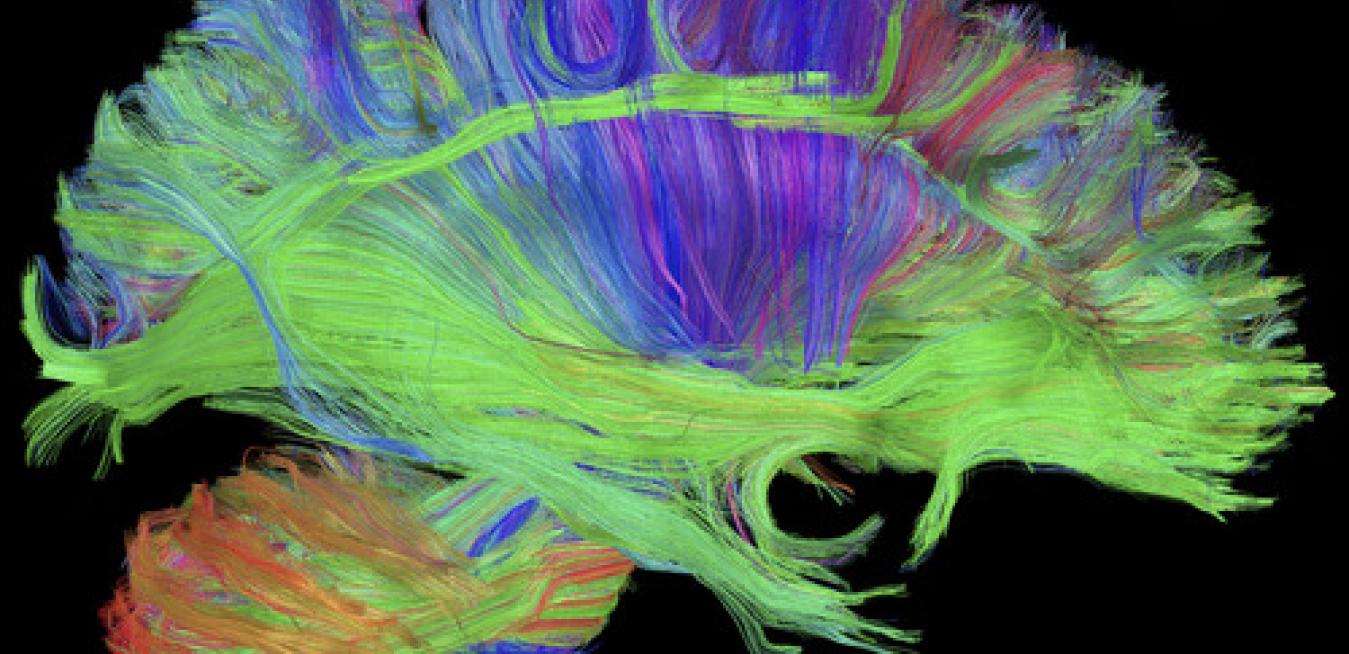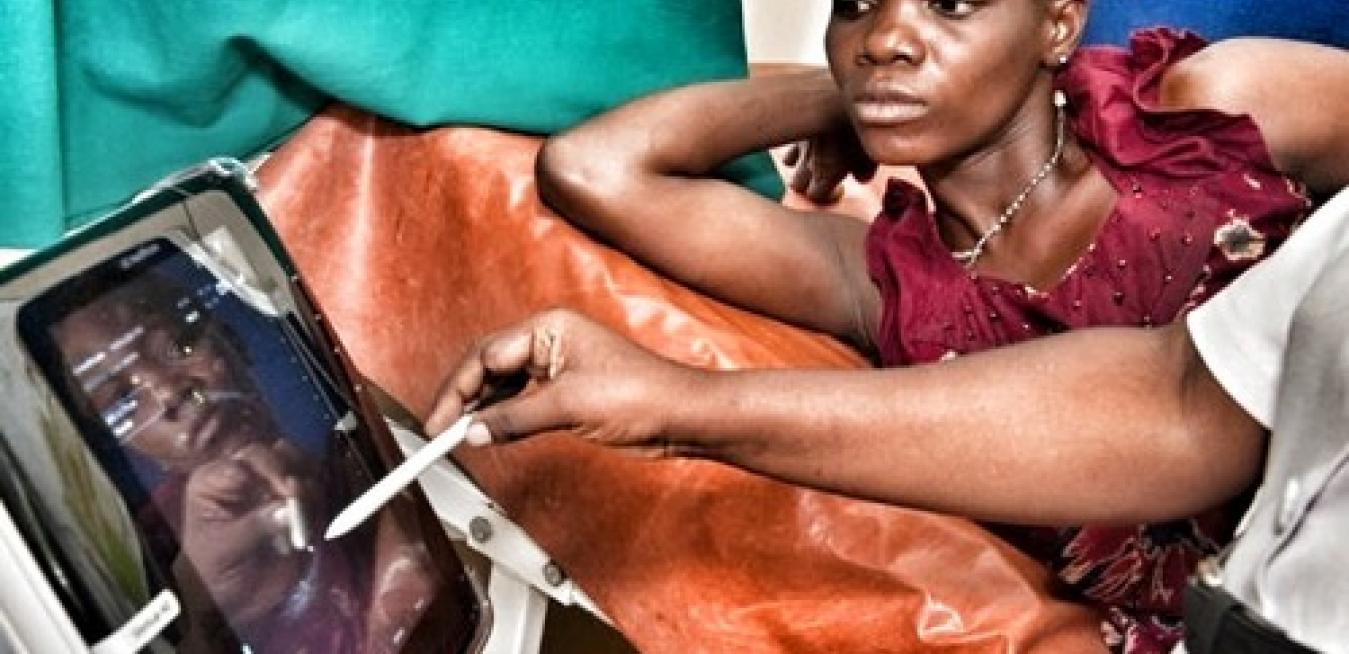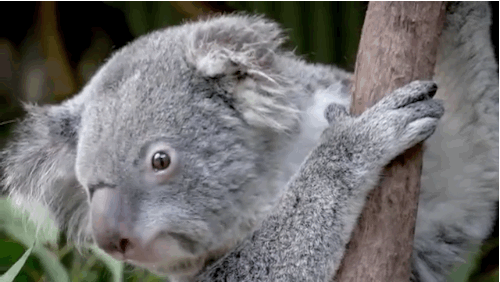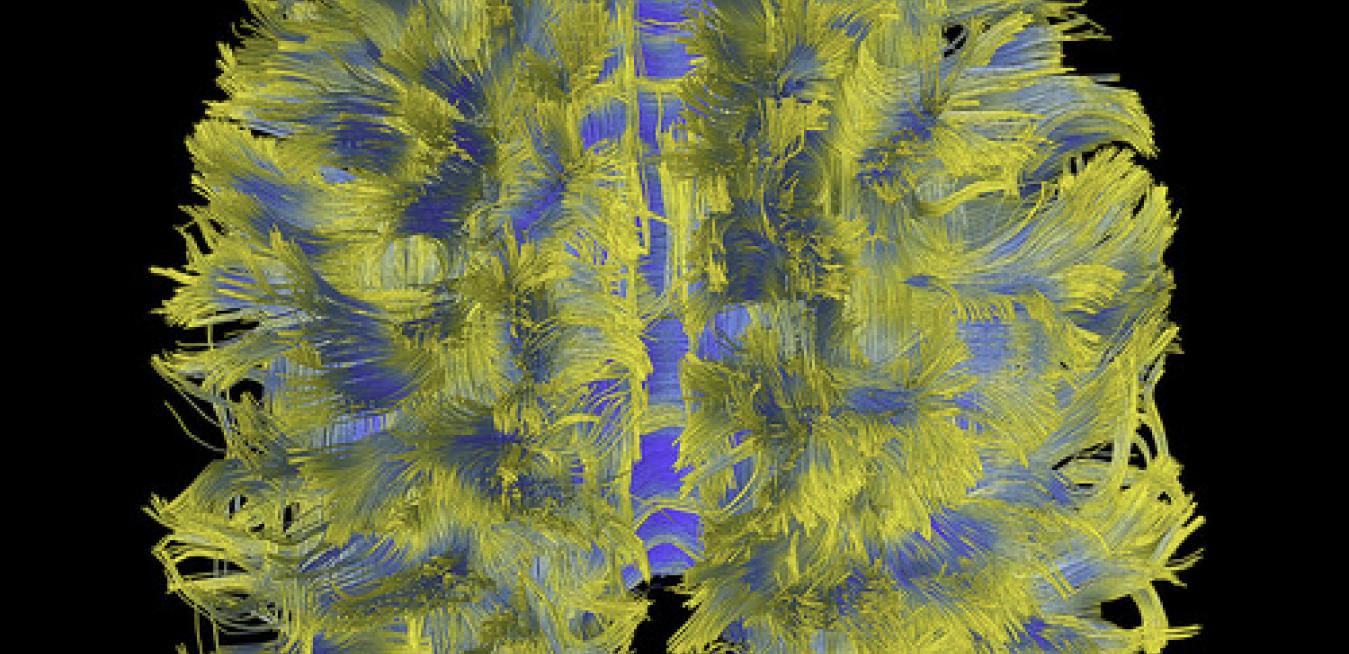There is no cure for Alzheimer’s disease, no definitive test and no way to prevent it. Yet when asked, an overwhelming number of people around the world say they want to know whether they are at risk. “I was surprised by the consistency and strength of that need,” says Ben Newton, who leads the neurology unit at GE Healthcare Life Sciences. “This strength of feeling is rare for a disease that we cannot treat.”
The rural health clinic in Kimalamisale, Tanzania, sits at the end of a rutted sandy road some 160 miles from the nearest large town. Although the brightly colored concrete structure serves thousands of villagers living in the surrounding savannah, it has no electricity and its main healthcare equipment consists of a stethoscope, weighing scales and a blood pressure machine.
Three decades ago, engineers at GE research labs in Niskayuna, NY, built one of the first magnetic resonance machines and peered inside a colleague’s head. The result was the world’s first MRI image of the human brain. “This was an exciting time,” says John Schenck, a lead scientist on the project and also the test’s subject. “We worried that we would get to see a big black hole in the center. But we got to see my whole brain.”









